|
The ornamental cherries explode with white flowers in spring but I think their fall foliage is just as spectacular. Hanging the laundry under the trees is an aesthetic experience.
0 Comments
The Lopez Library is not just for books! There are book discussion groups, tutoring opportunities, a music group, a nature journaling group, open mic nights, and lectures. I went to a weaving workshop there and successfully solved some tablet weaving issues I had. And, last Friday they held a unicorn party with 160 attenders.
But the most important thing at the library by far are the paintings I'm showing there from now through the end of May. https://lopezlibrary.org/art-opening-julia-mira-and-sarah-snowden/ Of course. It was the end of summer several years ago, and the last Cabaret our island held before the pandemic put a stop to community gatherings. The local farmers contributed buckets of flowers to the event. Now, when spring has just arrived with yellow daffodils and yellow Oregon-grape and not much else, I find I am longing for the exuberant colors of summer
Having moved full-time to Lopez Island recently, I started on a series of paintings about my surroundings. I'm experimenting with using defined outlines instead of a more painterly look.
A friend of mine asked me to contribute a piece of art for a book she was writing that draws parallels between the Hero's Journey and the current state of the country. See https://skyeburn.com/marketplace/
Sure," I said. After all, how hard could it be? Luckily I never anticipate how much time a project will turn out to need. This one, based on Medieval apocalyptic imagery, was three months in the making. I am particularly pleased with the dragon's blood. One of the best things about our summer beach seines is realizing, yet again, that there are all kinds of strange creatures under the bland looking surface of the water. All of these watercolors are of juvenile fish. We generally don't catch adults, as they are smart and agile enough to skitter away.
The school year is over, and I'm spending the summer on Lopez Island in a tiny house barely big enough to hold me let alone the thousands of projects I tend to trail with me. I set up an ecoprinting station outside the kitchen, where I hope to learn how to do it. I took some boxes of fabric and supplies down from the laundry room attic and cracked my knuckles. I stared at the printouts of several novels that have yet to have their final edit. My son-in-law pointed to the tens of cords of wood that should be split into firewood to sell. What to do first? A whole summer stretched ahead of me. The high-energy woman who does training and outreach at Lopez Solid Waste (aka The Dump) snagged me one day and said, "You'd be perfect for the July Artist in Residence." Which I would be, since I stand solidly behind the idea of reduce, reuse, recycle, upcycle. Especially now that recycling options have closed down, and transportation is more difficult, the dump is dealing with thousands of pounds of perfectly good things that they don't have storage space for. Books, clothes, furniture, kitchen supplies, and the like. Part of my job this July is to take as much stuff as possible out of the trash stream and into use again. I don't yet have a clear idea of what I want to do. I have several first-draft ecoprint strips of fabric. Use them somehow? But what does "somehow" mean? I made a lined cloth bag from fabric scraps, based on a Japanese design. Took longer than I expected (which is the nature of such projects), but maybe make some of these. I fished about twenty obsolete science reference books out of the Mixed Paper dumpster and made a Coptic stitch book out of a couple of them. Hmm. Takes a long time, and I'm not an expert, but still. It's a possibility. The clock is ticking. By this time next week I should have some overarching idea and be well into it. Right?
I have been having vague thoughts for decades about the pointillist nature of reality, time, and perception, but until finding Oliver Sacks and Donna Haraway, have not heard of anyone with similar ideas. Now, I'm taking quotes they inspired or actually said, and writing them in amongst the shadow paintings that I like so much.
Why shadow paintings? Plato's cave, of course. The very hierarchical, nay, paternalistic ideas that I read into Plato's cave allegory have annoyed me because I don't think there is a library of ideal forms, in God's mind I suppose, that we only get a bastardized version of. Recently, after reading Oliver Sacks' On the Road and Donna Haraway's Staying with the Trouble, I realized how I could agree with a version of Plato's vision. Suppose the forms are raw reality, and the shadows in the cave are reality filtered through our very particular, very idiosyncratic senses and preconceptions. And why calligraphy? Because the Medieval world-view was so very cut and dried. The figures they paint tend to have clear outlines. The writing is a strange mixture of gnomic and pedantic, always pointing to a Great Truth. It appeals to my sense of irony to depict my sense of the ephemeral, ungraspable, ambiguous nature of the world using those Medieval forms. My mother's parents were painters. They sold many of their works, and now, 50 years after their deaths, I have an attic/loft with 1/3 of 1/2 of the remainder (my aunt had half, my mother the other half, and then my sisters and I divided up Mom's portion). Many are student works, or started work, or things that, well, it's no surprise that they didn't sell. During quarantine, I thought, "Well, I should do something with their work," rather than throw it out, or pass it on to my children who don't want it. The first step is just making a copy of the ones I really like. This one showed in an exhibit in Berlin in 1921, but it doesn't have a title. I see a cathedral-like forest, executed in a style that was right for 1921, but with a theme that speaks to me 99 years later.
|
|
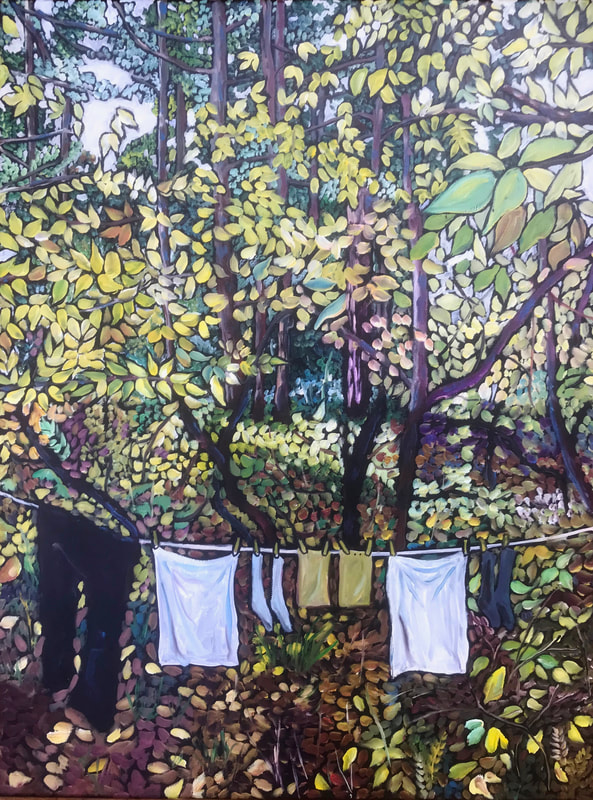


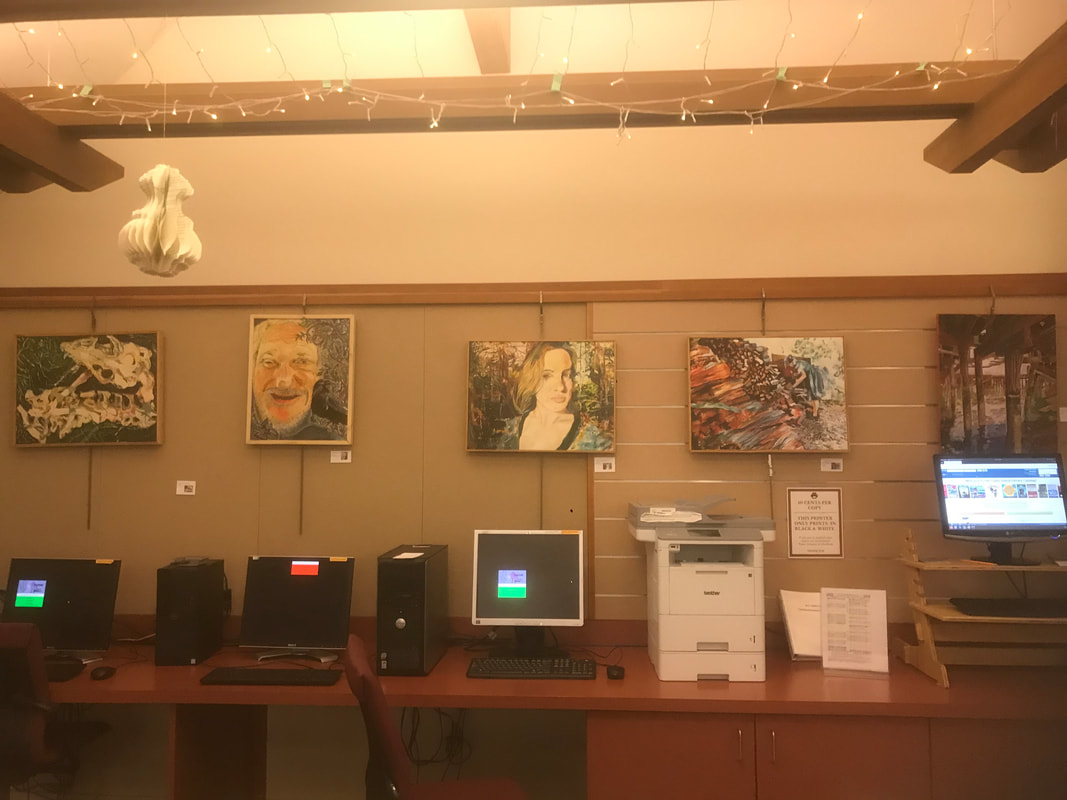
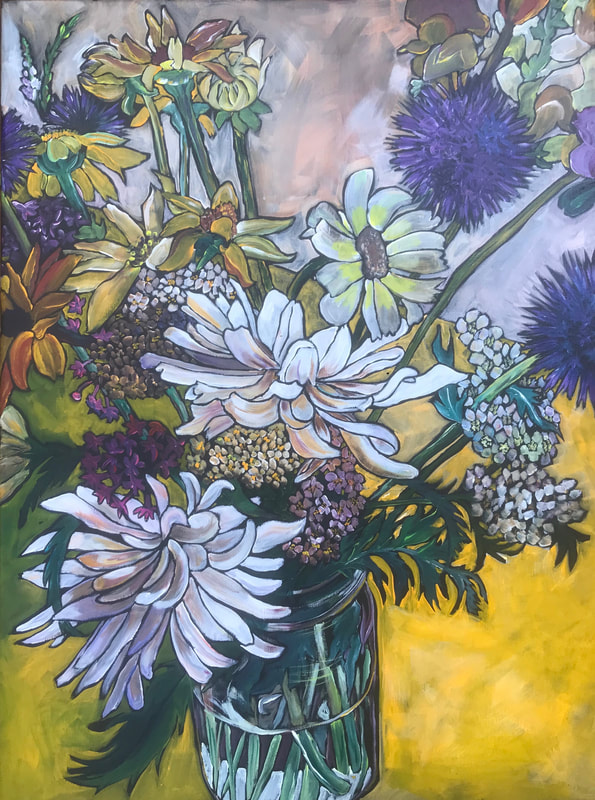
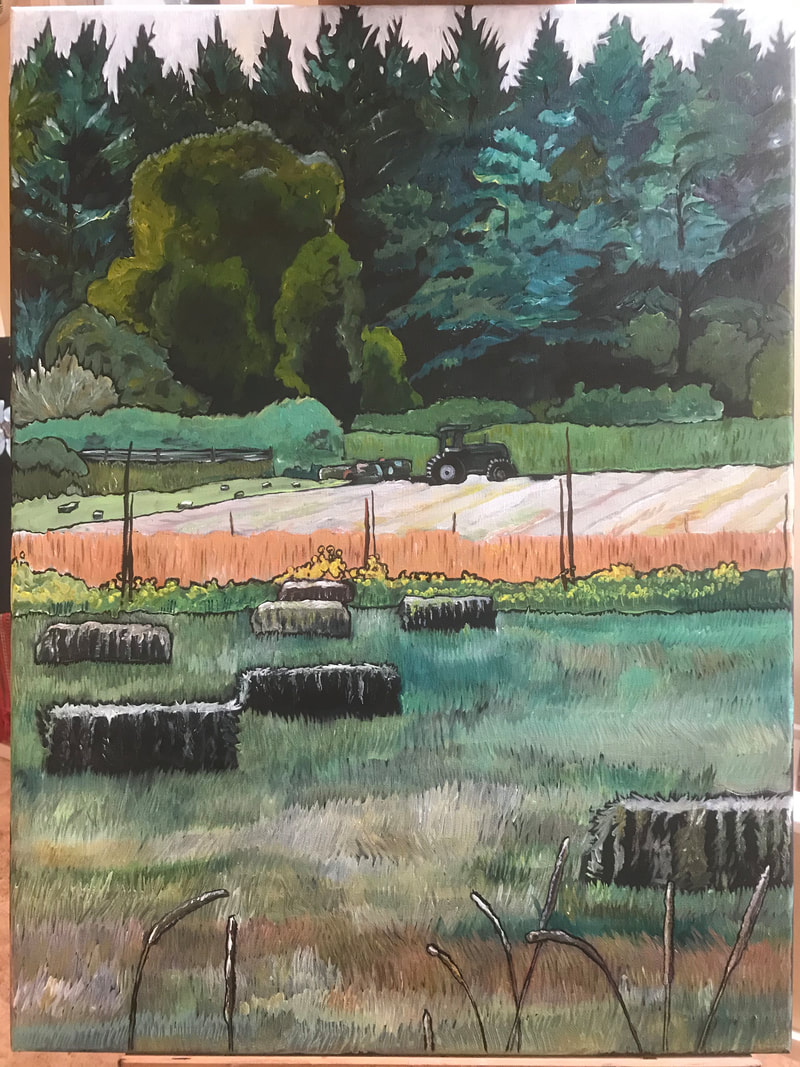
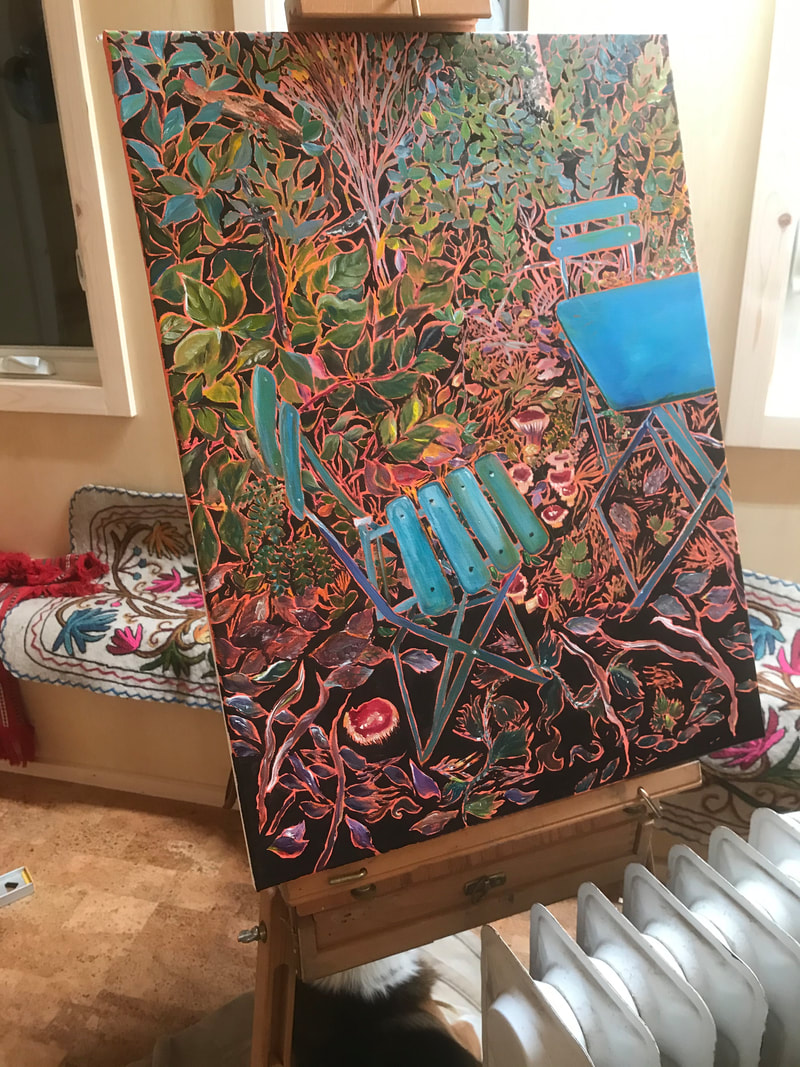
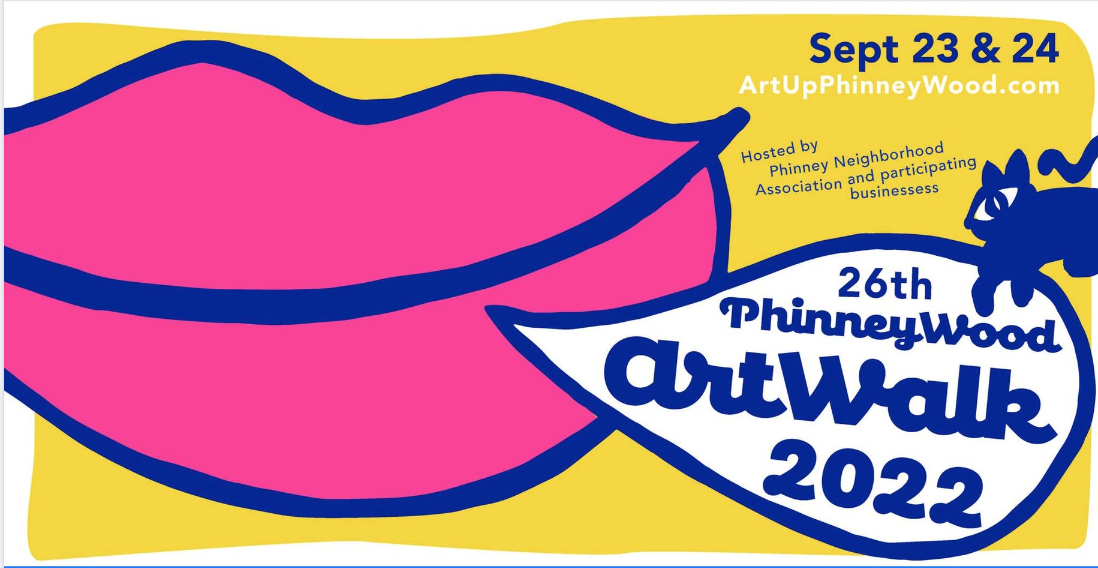
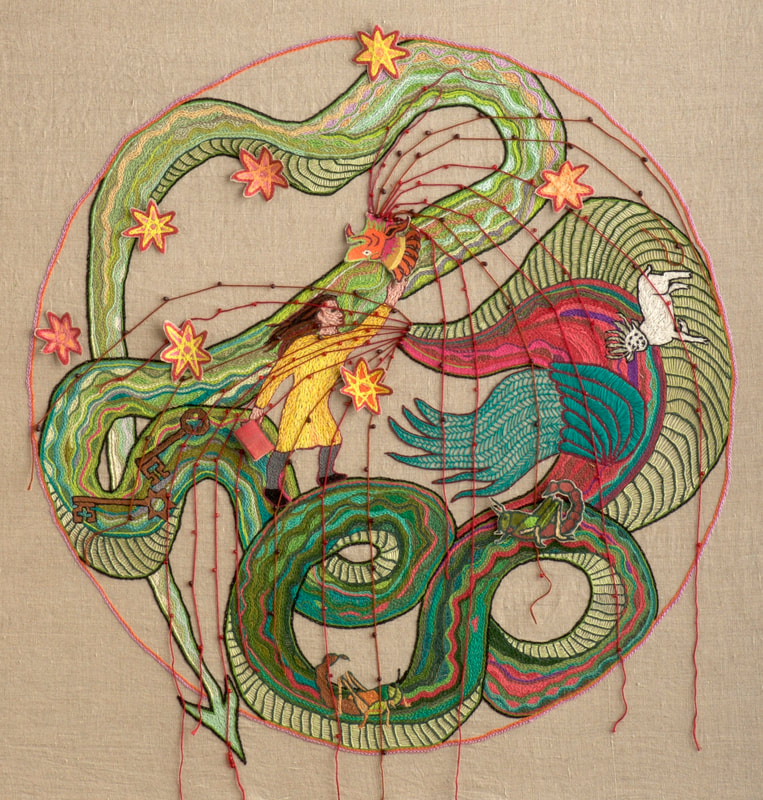
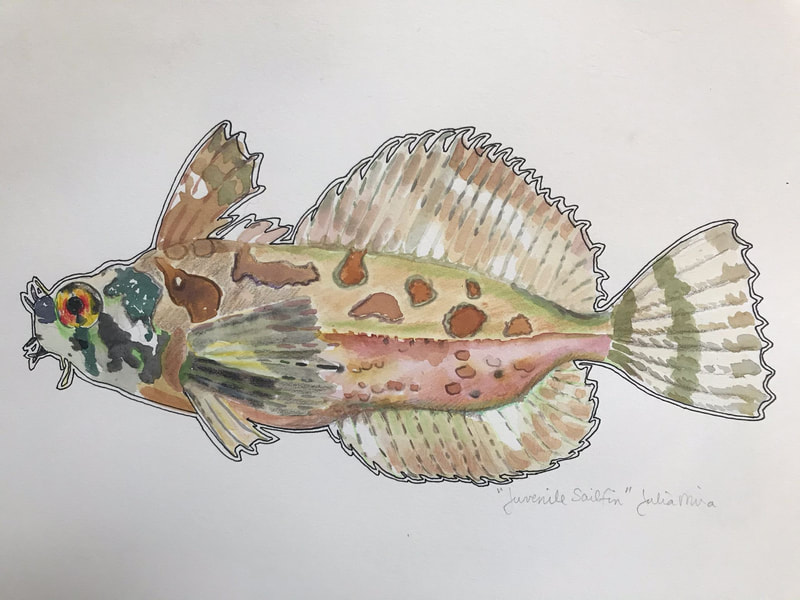
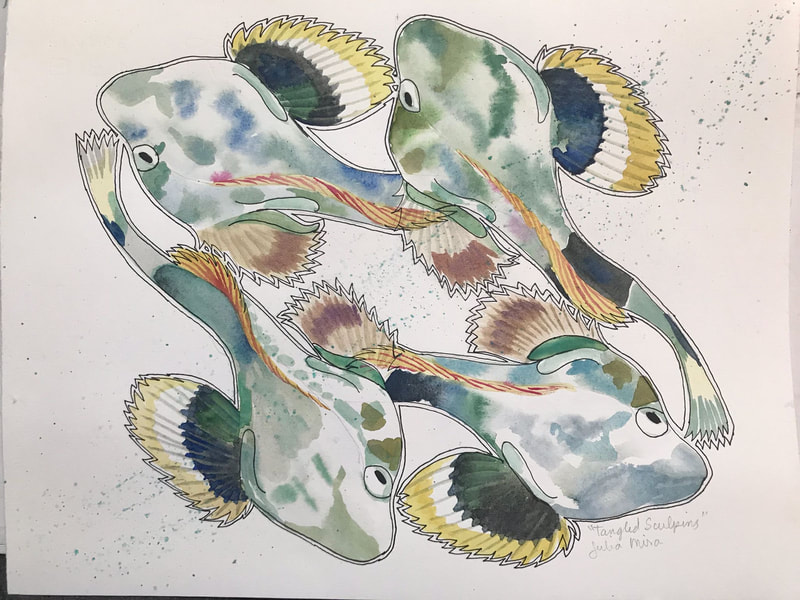
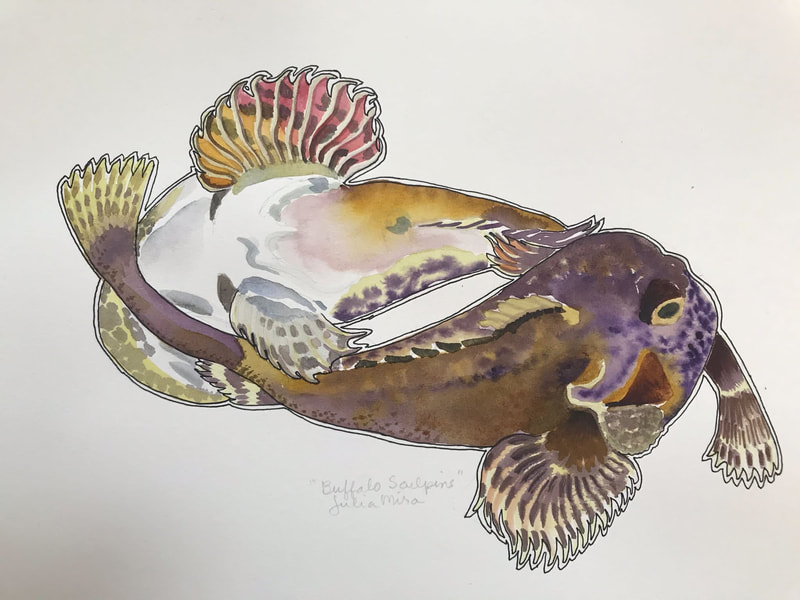
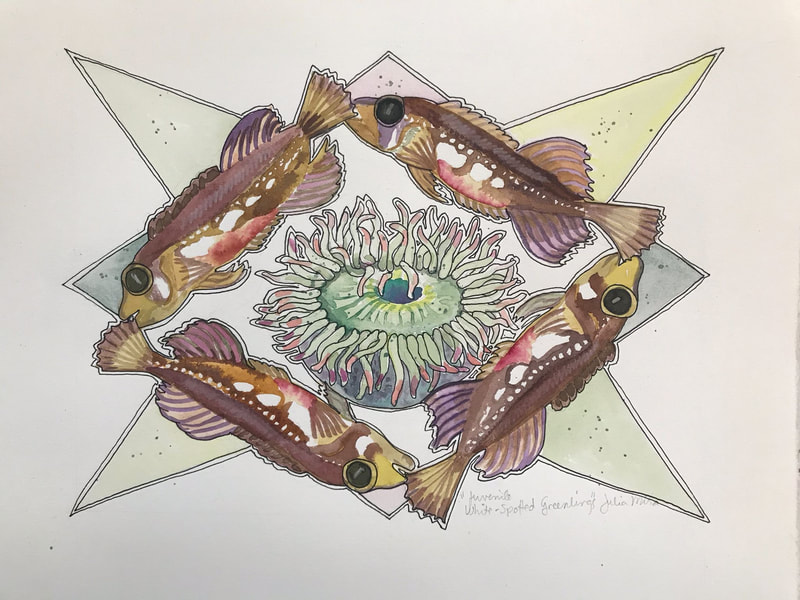
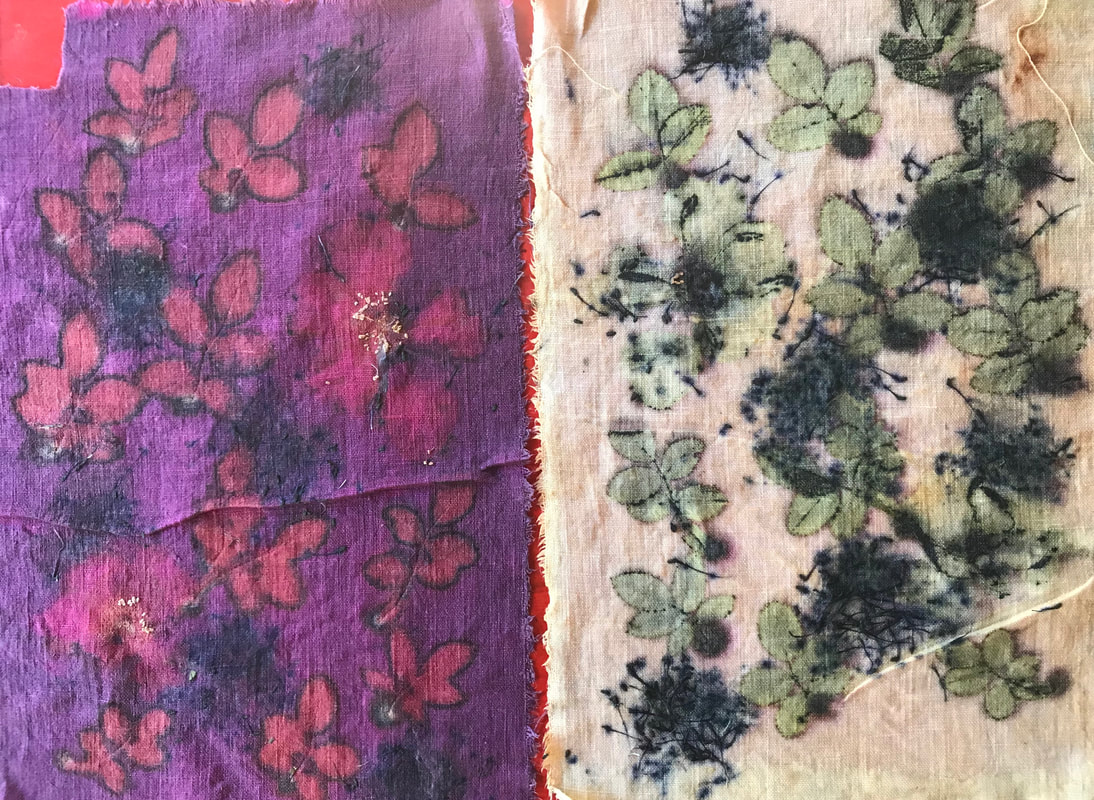
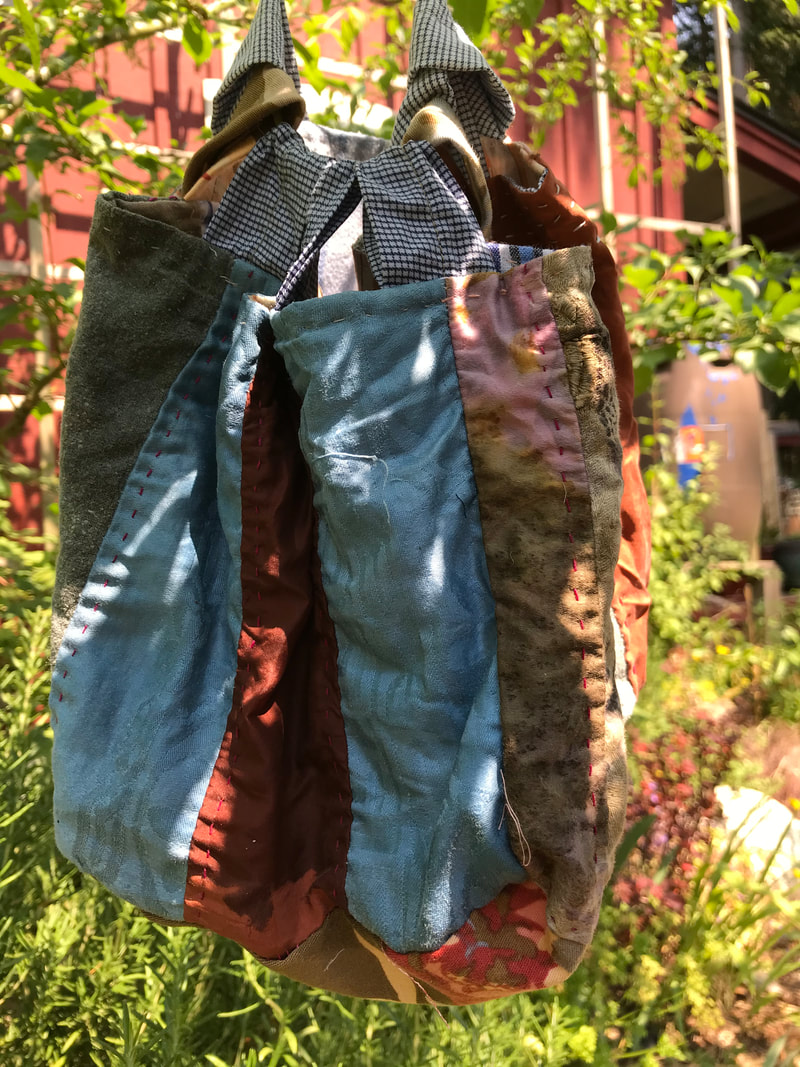
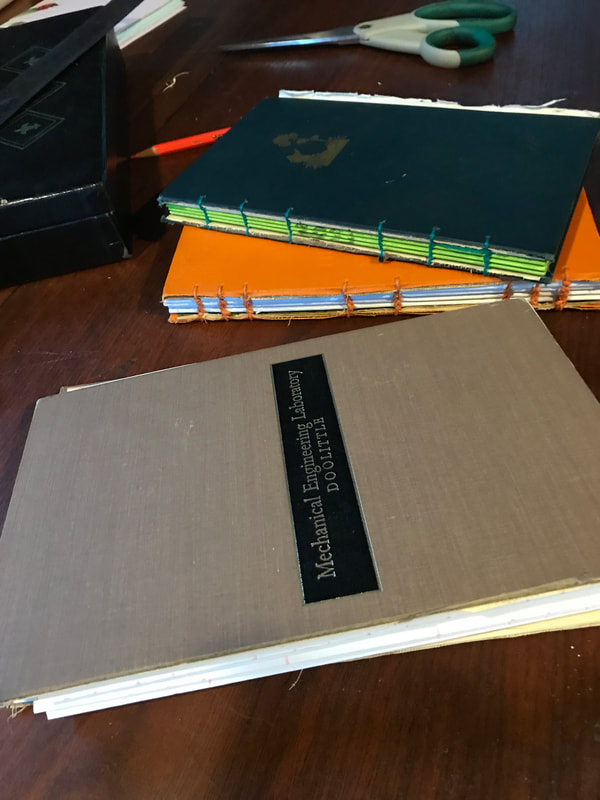
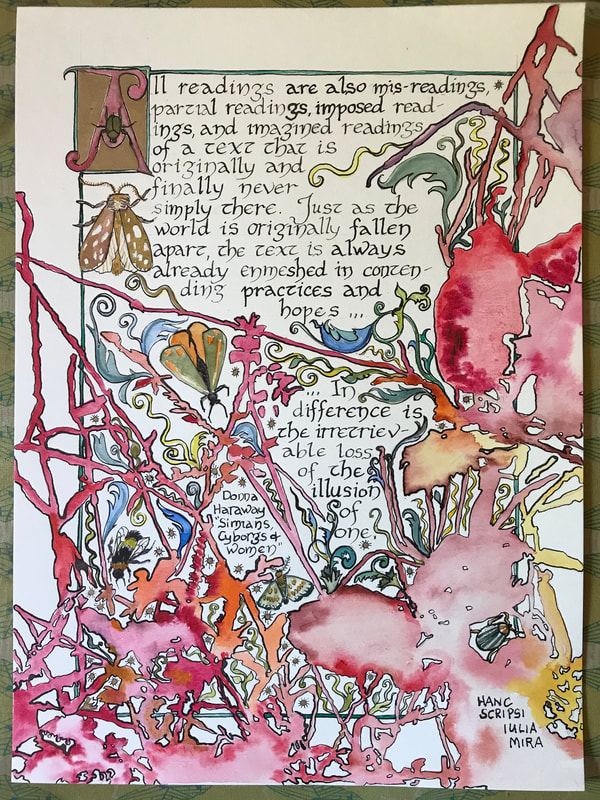
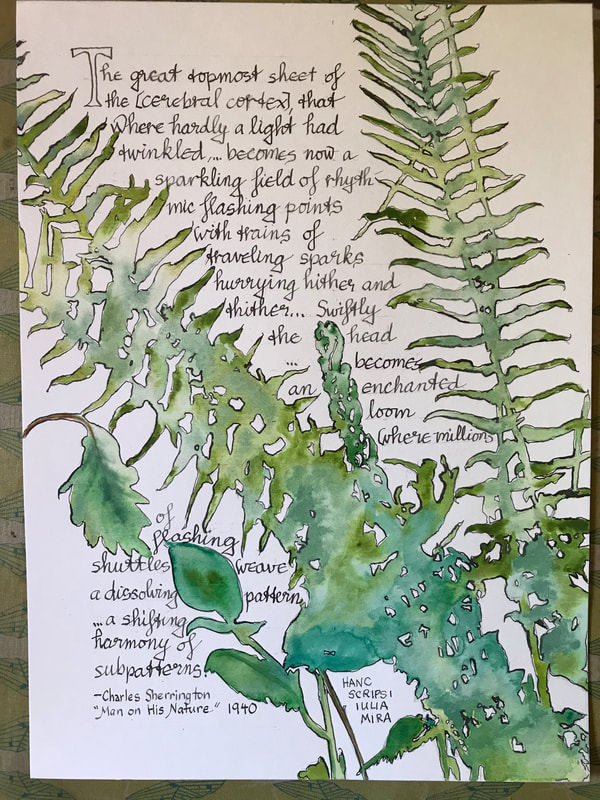
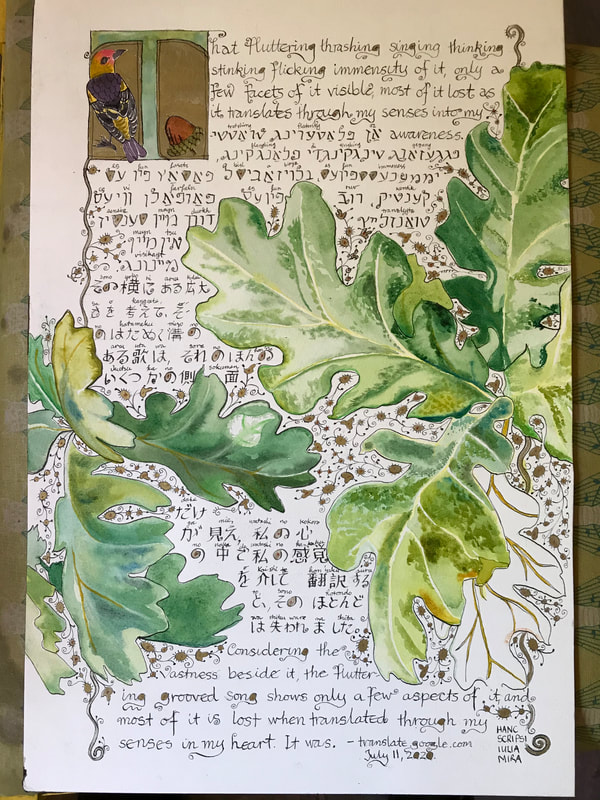
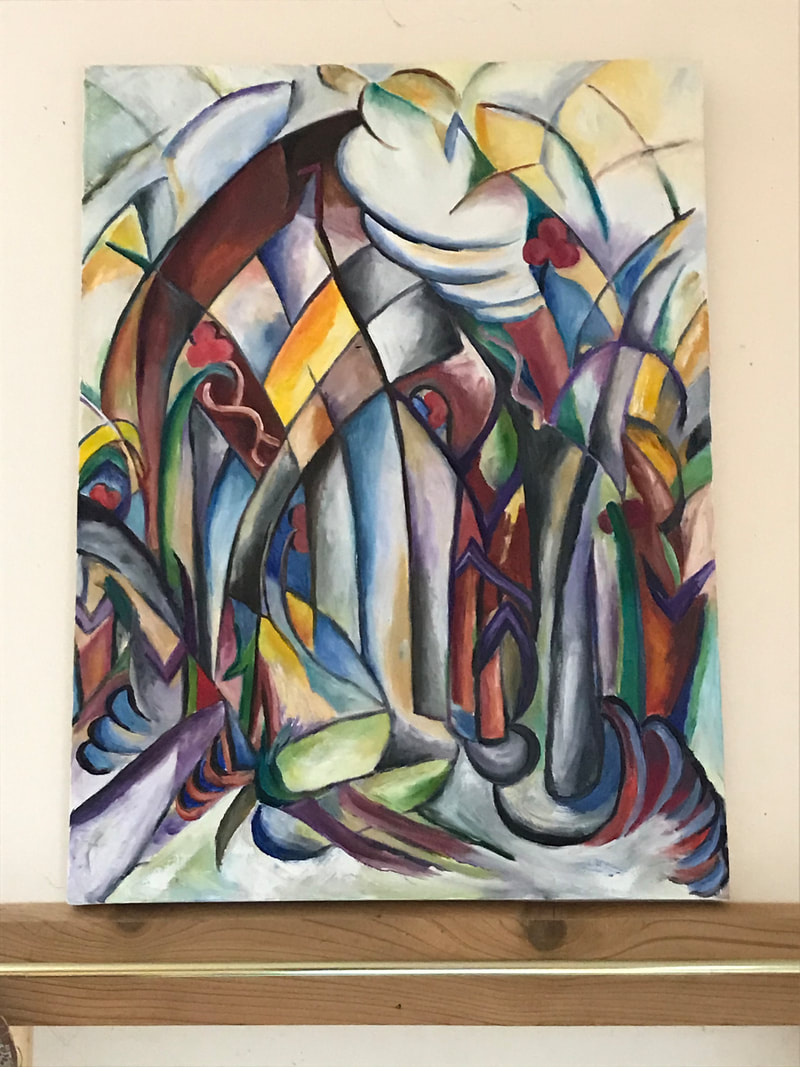
 RSS Feed
RSS Feed
